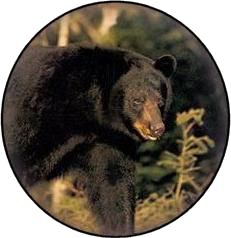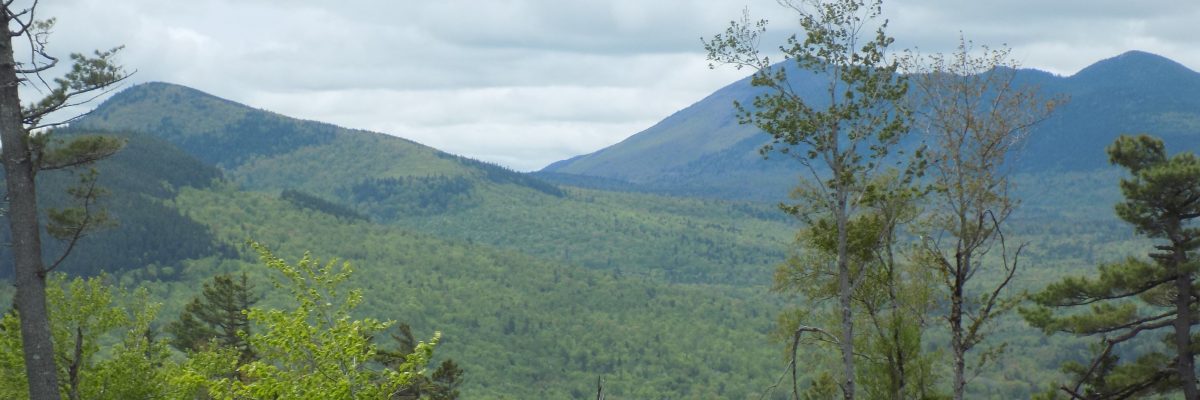Black bears lead solitary lives, except for breeding pairs, family groups comprised of adult females and their offspring, and occasional aggregations at concentrated food sources.
Females use areas of 6-9 square miles in Maine. They are sedentary and remain within or near the range of their mother for the duration of their lives.
Male black bears disperse long distances (often up to 100 miles) as subadults (1-4 years of age) prior to settling into adult ranges that may exceed 100 square miles.
Bears often make trips up to 40 miles outside of their ranges to feed on berries or nuts (or occasionally to an orchard or field of oats or corn) in late summer or fall.
When feeding on a concentrated food source, bears may use areas as small as several acres; when searching for dispersed food or mates, they can cover several miles in a day.
Bears are active in late fall as long as food is plentiful. In years of abundant beechnut crops, they will feed until snow makes travel difficult, and normally enter dens in late November. If late fall food is scarce, bears usually enter dens by mid-October.
by Craig McLaughlin, Ph.D.
Wildlife Biologist
Maine Inland Fisheries and Wildlife




